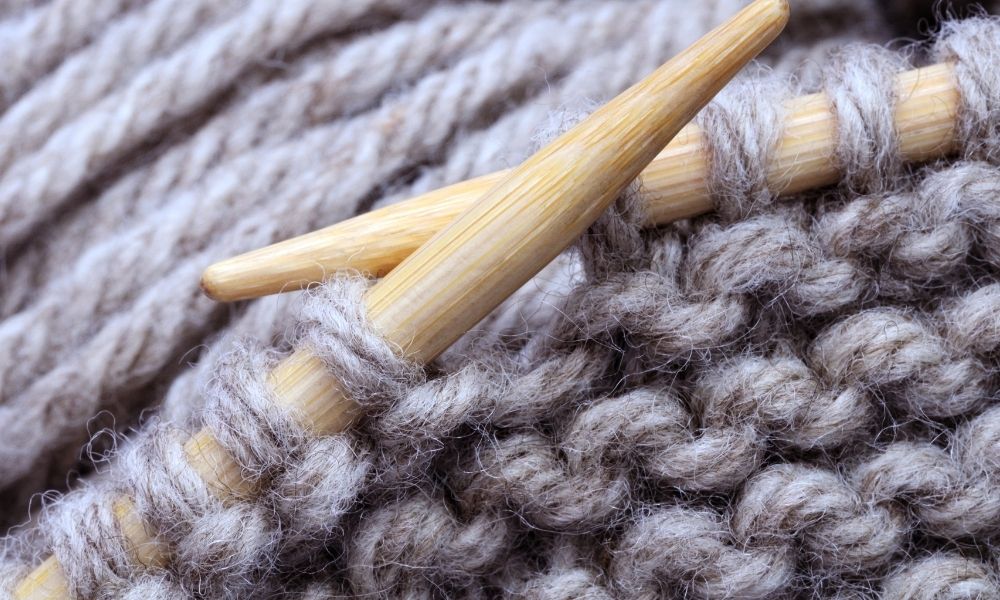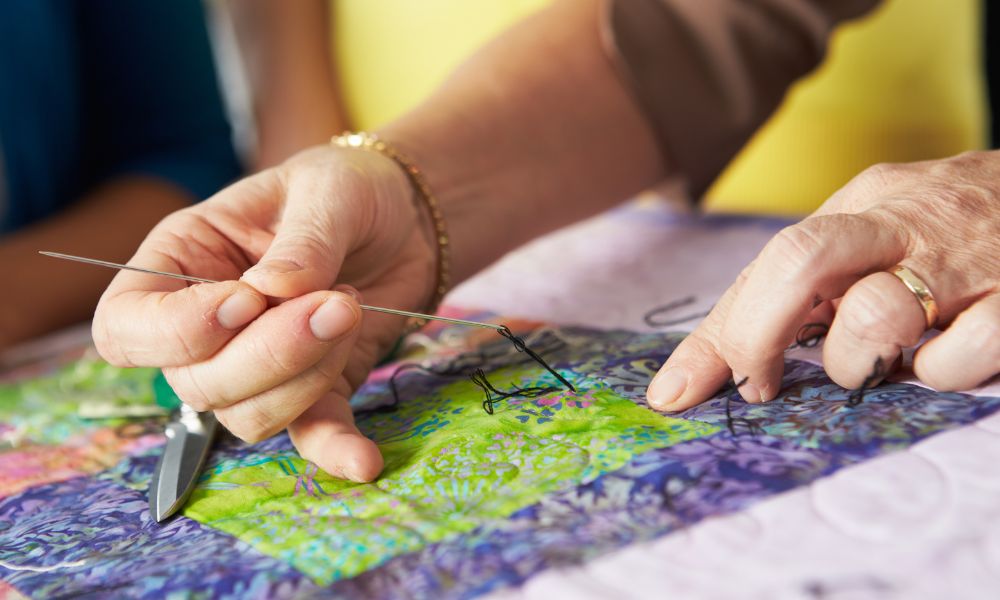Everything You Need To Know About Tatting

If you’re looking for a way to create some beautiful, especially a craft that has a vintage quality to it, then tatting might be your new hobby. With elements similar to knitting, crochet, embroidery, and sewing, tatting is used to create intricate lace designs that can be used for multiple purposes. Having a well-rounded understanding of tatting will make it that much easier for you to get started. Learn everything you need to know about tatting by reading below.
Different Types of Tatting
The craft of tatting involves the creation of intricate knotwork from some thread and a few tools. One interesting aspect of tatting is it has many techniques seen in other similar crafts such as knitting and crochet. Part of this is because tatting is technically a precursor to many of these other crafts. Some of the techniques involve making knots and creating tatting fabric’s texture by drawing from weaving. Tatting is especially recognizable for being used to add detailed edging and designs to different garments, which increases its value. There are multiple types of tatting which vary mostly by the different tools that are used for them:
- Shuttle Tatting – Commonly recognized as the original version of the craft, this is a form of knotting that involves using a tool known as a shuttle, and tying double stitch knots onto a foundation thread that’s made into rings or chains, which creates a lacey material.
- Needle Tatting – In this form of tatting, you’ll use a needle instead of the shuttle, as is stated in the name of the craft. If you’re a beginner, this might be a good form to start with since many crafters tend to state that this is one of the easiest. Similar to knitting, needle tatting uses the cast-on.
- Cro-tatting – This unique style of tatting combines the craft with crochet. You’ll be using a smaller crochet hook to make your tatting knots. Anyone who has previously crocheted will find this style as an easy way to start tatting.
Tatting Throughout History
As mentioned above, shuttle tatting is thought to be the first form of tatting that existed. It was likely started by sailors who had to use extensive knotwork on fishing vessels. Interestingly, it’s debated when the first forms of true tatting really appeared. Some have speculated that it first came to be about 200 years ago because of shuttles being spotted in 18th-century paintings of notable women. However, other theories suspect it could go back thousands of years, originating from the knotting used to create fishing nets. It can be confirmed that it really came to be recognized as a notable craft by the 19th century, used prominently in France, England, and in America. Known as frivolet in France and knotting in England, America is where the craft would get the name “tatting.”
Tatting gained much prominence also over in Ireland during the potato famine. Citizens took to tatting to create gorgeously designed laces which they could turn around and sell to wealthy buyers, often from England. Believe it or not, these could give those in Ireland struggling to make ends meet a way to support themselves and their families. The craft finally managed to become a popular craft in the United States through the 1930s, 1940s, and 1950s largely thanks to women’s fashion. They were making anything from tatted doilies to lacy designs and additions on clothing. Lace collars made through tatting were one of the most popular additions made into garments at the time. Tatting became a common, easily accessible craft with the publishing of needlework patterns in many women’s magazines up into the present day.
Types of Tatting Stitches
Just like with similar crafts such as crochet and knitting, you’ll have to start off at the very beginning. And much like how many people feel when they first start learning to knit and crochet, it’s very easy to feel intimidated. The best way to handle this is to take it one step at a time like with any learning process. You’ll learn all the core stitches that tatting contains. Once you get time to practice and master these, you’ll be amazed at how many tatting projects you’re able to turn out. Tatting involves the use of a variety of stitches known as chains, loops, stitches, and rings which will get combined by knots to form motifs that come together to create different designs of intricacy and beauty. Start by understanding the different stitches:
- Double Stitch – This is the most common stitch through the tatting process. The stitch is created from a half hitch knot. Join this with a loop and it will form a picot.
- Picot – This is a small loop between your stitches. Your different motifs will end up getting joined through the picot.
- Center Ring – A center ring is generally created to be in the direct center of a motif.
- Chain – These are constructed through a series of double stitches to form the motifs.
- Ring – Rings are created from a grouping of double stitches which can be formed to create a circle within the motifs that will appear in the design.
- Separate – These are spaces that are left between picots.
What You Can Create With Tatting
A guide of everything you need to know about tatting wouldn’t be complete without discussing the variety of fun projects the craft has to offer. Consider decorating and spicing up the look of your home by creating some lace doilies with a vintage appeal. You can hang these, place them on tables, and even use them as coasters. If you’re not as interested in the vintage feel, there are plenty of contemporary lace projects that are worth trying out. If you’ve ever wanted to make some fine thread jewelry, this is a great way to do it. Some people have even created full wedding veils using tatting. You can also use it to create small garments such as baby booties and even ornaments for Christmas. You can add lacey designs to some of your own clothes if you want as well. Experiment with it. You never know what you’ll discover.
If you are in need of supplies for your next tatting projects, visit Lindley General Store. Here you will find wonderful selections on tatting supplies from Canada and other materials to create exquisite crafts.





Comments